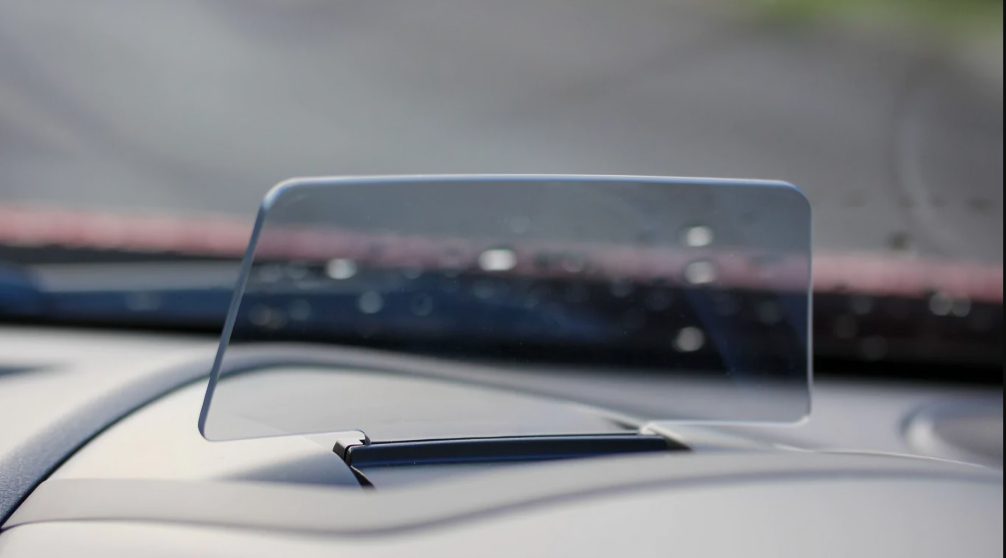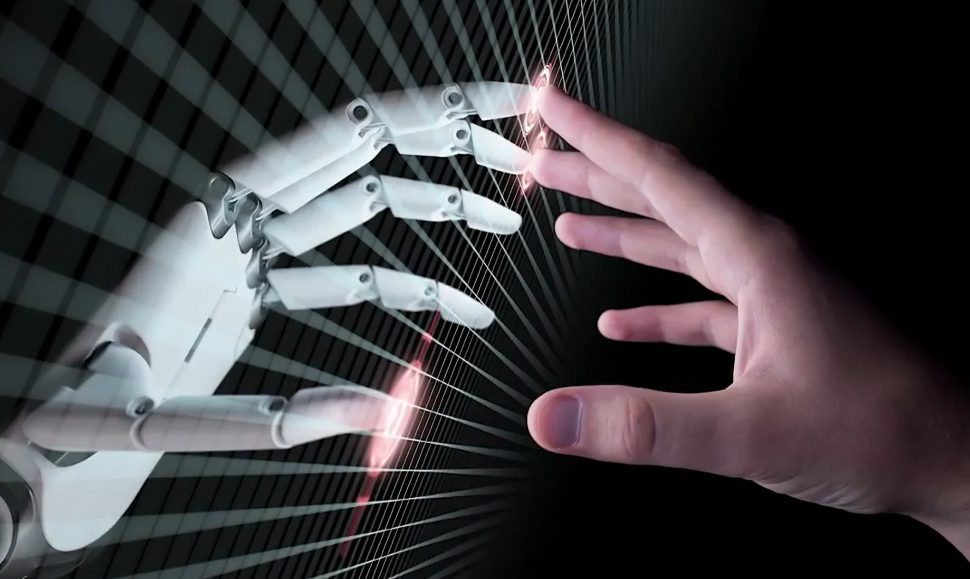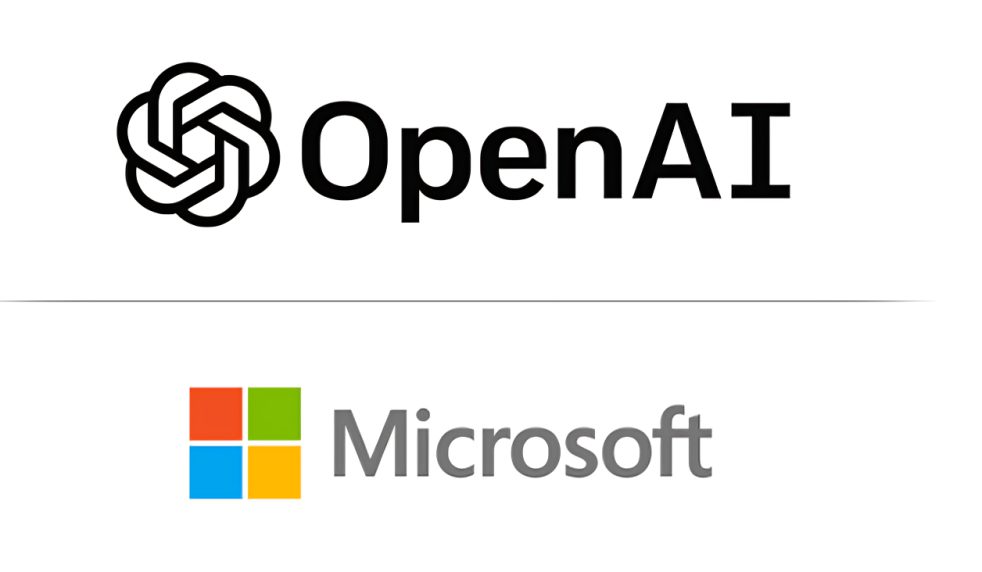Head-Up Display (HUD)
A Revolutionary Technology Enhancing the Driving Experience
Have ever wished for a technology that allows you to keep your eyes on the while accessing essential information? Look no further, as Head-Up (HUD) technology emerged to revolutionize the we interact with our interface. In this article, we will dive into the world of HUD exploring its significance, functionality, and the incredible benefits it offers to drivers.
It is a cutting-edge technology that projects vital information onto the windshield or dedicated glass panel in the driver’s field of view. By employing optical principles, HUD allows drivers to seamlessly view critical data without their attention from the road ahead. Initially developed for military aircraft, HUD has made its way into the automotive industry, dramatically improving road safety and enhancing the overall driving experience.
How Does HUD Work?
HUD employs a series of advanced technologies to provide crucial information to the driver in a non-intrusive manner. Let’s take a closer look at the key components and the process behind HUD technology:
1. Optical System
At the heart of any HUD system is the optical element, which serves as the primary display medium. Working in tandem with a combiner, the optical system projects images onto the windshield or the designated glass panel in front of the driver. The combiner helps superimpose the displayed information seamlessly onto the real-world view.
2. Imaging Unit
HUD systems utilize imaging units to generate images and texts for projection. These units, often composed of an LCD or LED panel, work in conjunction with a high-resolution microdisplay. The microdisplay serves as the source display for the generated visuals, ensuring clear and crisp projection.
3. Sensor Integration
One of the most impressive features of HUD is its ability to gather real-time data from various sensors within the vehicle. By integrating with GPS, speed sensors, and even cameras, a HUD system can provide the driver with up-to-date navigation instructions, current speed, and potential hazards that lie ahead.
4. Projection Technology
To project images onto the windshield, HUD employs a process called collimation. This technique ensures that the projected images appear at an optical infinity distance, allowing drivers to focus on the road as well as the displayed information. By using collimation, HUD creates a more natural viewing experience, reducing eye strain and enhancing overall safety.
Benefits of HUD Technology
Now that we understand how HUD works, it’s essential to explore the remarkable benefits it brings to the table. Let’s take a closer look at some of the advantages of adopting HUD technology in our vehicles:
- Enhanced Situational Awareness: HUD technology significantly improves a driver’s situational awareness by providing critical information right in their line of sight. With essential data such as speed, navigation, and traffic conditions projected onto the windshield, drivers can stay focused on the road while staying informed about important surroundings.
- Improved Safety: By reducing the need for drivers to glance away at traditional displays, HUD plays a pivotal role in enhancing road safety. With their attention primarily on the road, drivers can react promptly to potential hazards, thus minimizing the risk of accidents. Additionally, features like lane departure warnings and collision alerts can be seamlessly displayed through HUD, further preventing accidents caused by human error.
- Minimal Distractions: With traditional dashboard displays requiring drivers to take their eyes off the road for prolonged periods, distractions are inevitable. In contrast, HUD eliminates the need for these eye-diverting glances. By projecting relevant information in the driver’s direct line of vision, HUD ensures that drivers always have their eyes where they belong – on the road.
- Customization and Flexibility: HUD technology provides drivers with the opportunity to customize and personalize the information they wish to see. From adjusting the font size and brightness to choosing the data to be displayed (such as speed, fuel consumption, or incoming calls), drivers can tailor their HUD experience to suit their preferences, enhancing comfort and usability.
Take Advantage of HUD Technology Today!
The world of driving is rapidly evolving, with innovative technologies aiming to optimize safety and improve the overall experience. HUD stands at the forefront of this transformation, seamlessly integrating information into the driving environment. By keeping drivers informed, yet focused, HUD technology has the potential to revolutionize our daily commutes, making them safer, more enjoyable, and ultimately, stress-free.
You can visit Amazon to get one for you
So, why wait? Join the ever-growing group of drivers who have embraced HUD technology and experience the future of driving today!
Related Technologies
1. Augmented Reality (AR)
AR technology superimposes digital information on the real-world view, enhancing the driving experience and situational awareness.
Key Applications in Vehicles:
- Navigation Assistance: Overlays directions directly on the road.
- Obstacle Detection: Highlights potential hazards such as pedestrians or other vehicles.
- Lane Departure Warning: Visually indicates when the vehicle is drifting out of its lane.
2. Instrument Cluster Displays
Modern instrument clusters are increasingly digital, integrating high-resolution screens that can display a wide range of information dynamically.
Types of Instrument Cluster Displays:
- Digital Clusters: Fully digital screens that can change configurations based on driving mode or preference.
- Hybrid Clusters: Combine analog gauges with digital displays.
Benefits:
- Customization: Drivers can choose what information to display.
- Integration: Seamlessly integrates with other vehicle systems for a cohesive user experience.
3. Advanced Driver Information Systems
These systems combine various display technologies to provide comprehensive information to the driver.
Key Features:
- Touchscreens: Central infotainment systems that control various aspects of the vehicle.
- Voice Control: Allows drivers to interact with the system without taking their hands off the wheel.
- Gesture Control: Enables certain functions through hand movements.
Emerging Technologies in HUD and Displays
1. 3D HUDs
Uses stereoscopic projection to create three-dimensional images that enhance depth perception.
2. Smart Glass and OLED Displays
Smart glass can change transparency to optimize HUD visibility under different lighting conditions. OLED displays offer high contrast and flexibility in design.
Comparison with Conventional Displays
| Feature | Conventional Displays | Head-Up Displays (HUD) |
|---|---|---|
| Eyes-on-road | Requires glancing away from the road | Project info within the driver’s line of sight |
| Information Accessibility | Limited to specific areas of the dashboard | Dynamic and contextually relevant placement |
| Driver Distraction | Higher potential for distraction | Lower distraction enhances situational awareness |
| Augmented Reality | Typically not supported | Advanced HUDs can integrate AR for an enhanced driving experience |
Conclusion
HUDs and related display technologies are revolutionizing how drivers interact with their vehicles, offering increased safety, convenience, and engagement. As these technologies advance, they are likely to become standard features in many vehicles, further enhancing the driving experience.
Check out the Top 10 Technology in 2024






One thought on “What is HUD (Head up display)?”